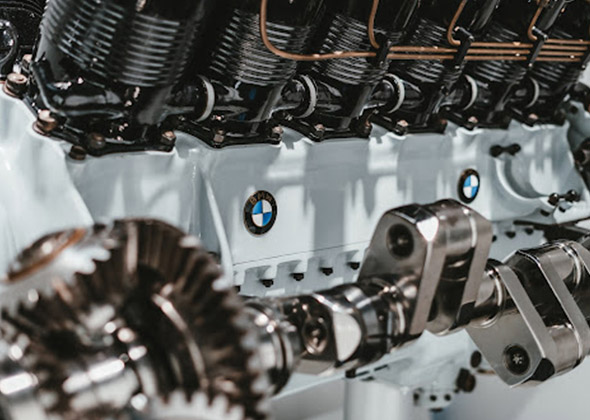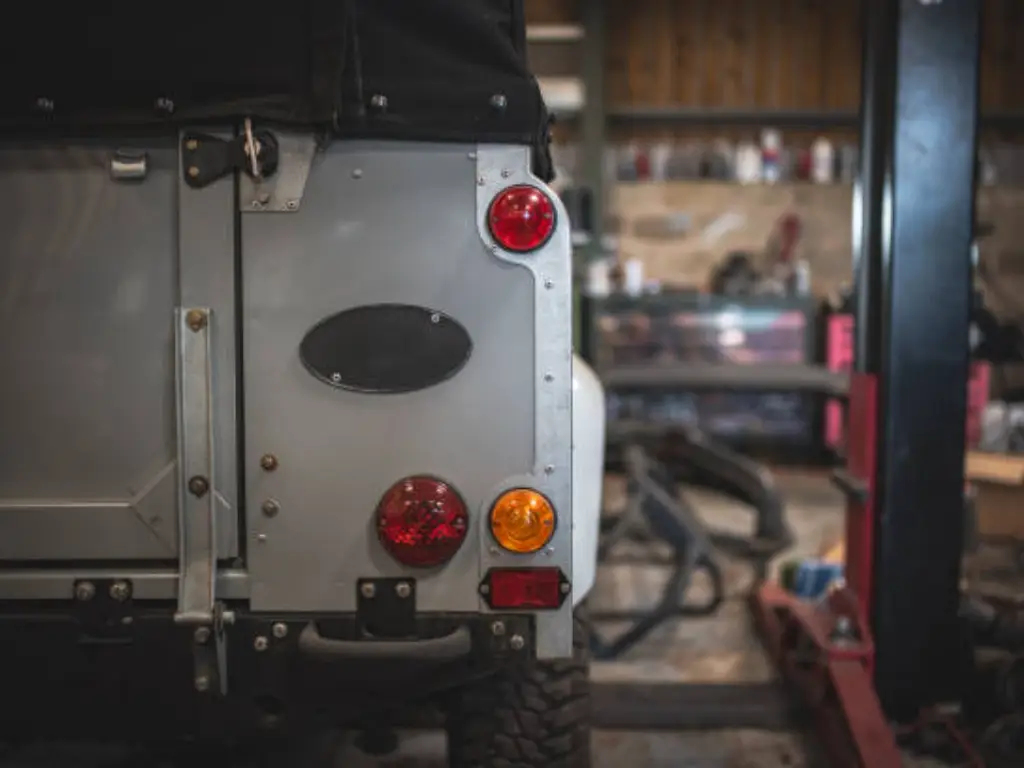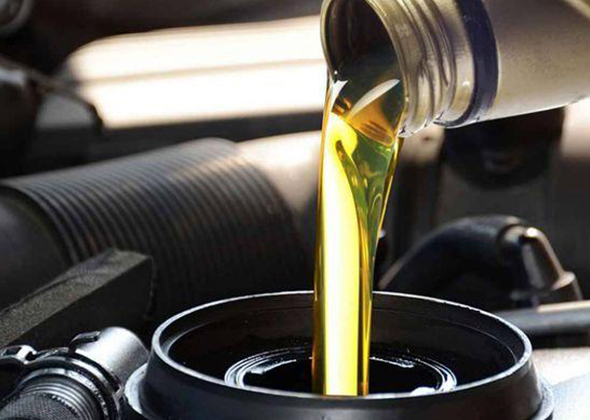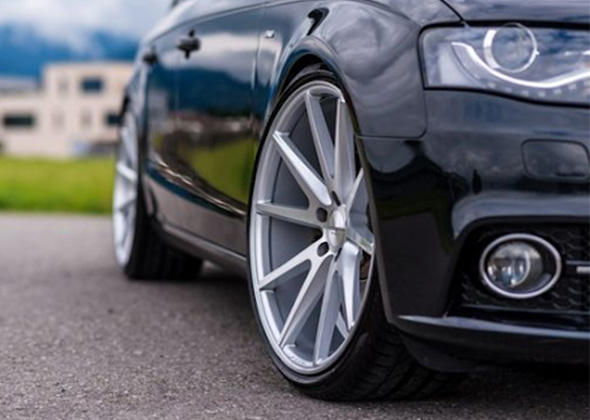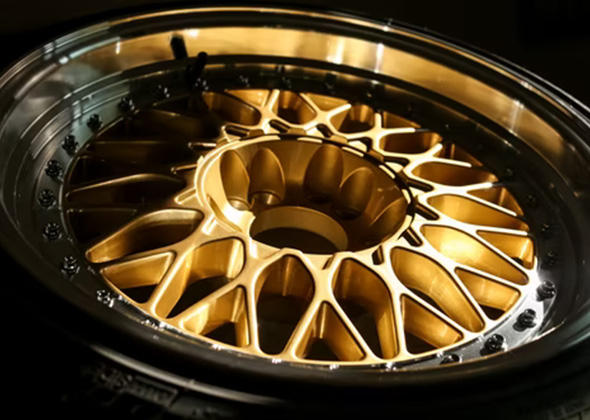Turbochargers are centrifugal compressors driven by an exhaust gas turbine to boost the engine’s charge air pressure. Turbocharger performance affects all essential engine metrics, including fuel efficiency, power, and emissions. Before going into the mechanics of turbochargers, it’s critical to grasp a few basic ideas.
A turbocharger is a positive displacement compressor powered by the engine’s engine. It is a coaxial shaft system with two rotating shafts. The turbine shaft is connected to the exhaust gas turbine, which is placed within the exhaust channel of the engine and is powered by exhaust gas energy. The air compressor is connected to the compressor shaft through a shaft coupling. The compressor shaft is enclosed in its casing.
Read the full article because we will discuss the numerous types of turbochargers available.
What Is the Turbo Charger?
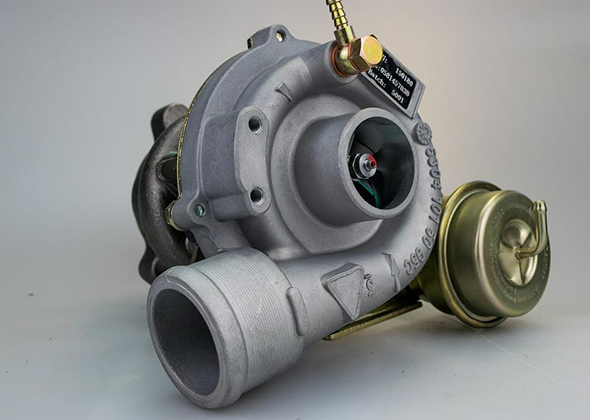
The turbocharger is the collective term for the turbocharger assembly as a whole. While this is accurate, it is misleading. The turbine and compressor are the rotating components of the turbocharger. The complete turbocharger assembly comprises three components: the spinning component, the turbine housing, and the compressor housing.
Because the turbine is propelled by exhaust gas, it is referred to as a centrifugal flow device. As the gas moves from the inner to the outside edges of the turbine wheel, its velocity increases. As a result, the exhaust gas velocity conditions in the turbine produce a wide variety of flow rates, allowing the turbocharger to operate at a high-efficiency level.
How Do They Work?
An air compressor, a turbine, and a controller comprise a turbocharger system. Compresses and delivers air to the turbocharger through the air compressor. The compressor is unique because its speed increases in lockstep with the input speed, comparable to a turbine.
Compressed air is sent from the compressor to the turbine, accelerating it before releasing it into the atmosphere. This high-speed air pressure drives the compressor. The compressor obtains energy (pressure energy) from the turbine due to a temperature differential (heating energy).
The controller is a computer-controlled device that manages the turbocharger’s operation. It controls the intake manifold’s air pressure and the compressor’s air pressure to manage the engine’s speed. The controller monitors the engine and has methods for shutting it down in the event of a turbocharger failure.
6 Types of Turbo Chargers
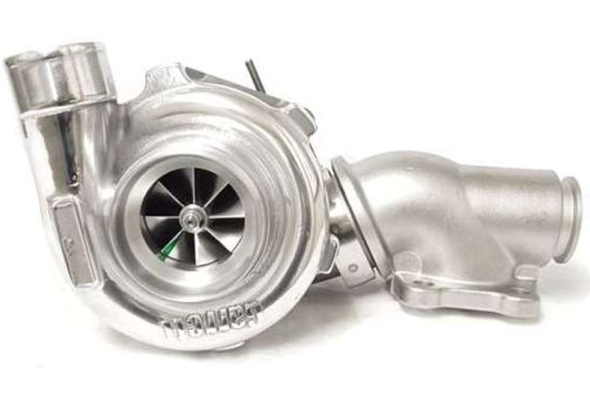
There are 6 different types of turbochargers that are commonly known within the automotive industry and are mentioned below:
- Single-Turbo
- Twin-Turbo
- Twin-Scroll Turbo
- Variable Geometry Turbo
- Variable Twin Scroll Turbo
- Electric Turbo
1. Single-Turbos
Single turbochargers are the turbochargers that most people believe exist, with their various component sizes and capacity to generate significantly different torque and characteristics.
Larger turbochargers nearly always provide greater top-end power, whereas smaller turbochargers can spool faster and generate more low-end power.
It was proven to be a cost-effective means of enhancing engine power It has since gained popularity, allowing smaller engines to increase their efficiency by producing the same amount of power as bigger naturally-aspirated engines while lighter.
These turbochargers are optimized for performance inside a specific RPM range, but drivers typically report suffering turbo lag until the turbo is enabled and the rev band hits its maximum.
Pros
- Compared to other techniques of enhancing the engine’s power and efficiency, this is a very cost-effective method.
- Easy to operate and often the most straightforward way of turbocharging, with a range of installation options.
- It enables smaller engines to generate the same power level as bigger normally aspirated engines, resulting in weight savings.
Cons
- Due to the limited effective RPM range of single turbos, sizing is complicated, as you must pick between appropriate low-end torque and greater high-end power.
- Turbo configurations may have a slower response time than non-turbo configurations.
2. Twin-Turbo
As the name implies, twin-turbos are engines equipped with a second turbocharger. Each bank of cylinders in a V6 or V8 engine is allocated a distinct turbocharger. A smaller turbo is employed at lower RPMs, but at higher RPMs, a much larger turbo is used.
Additionally, the twin sequential turbocharging technology offered a higher RPM range and increased performance with reduced turbo lag. This aids in the delivery of power at high RPMs. Additionally, the two turbos are used to enhance the complexity and associated costs of the system.
Pros
- Better performance with no weight penalty
- Extends the power band of the engine
- Reduces turbo lag
Cons
- More complex than a single turbo system
- Increased cost
3. Twin-Scroll Turbo
Twin-scroll turbochargers include a separated turbine housing and an exhaust manifold that individually couples the engine’s cylinders. For example, in a four-cylinder engine with a firing order of 1-3-4-2, cylinders 1 and 4 may feed a single turbo scroll, whereas cylinders 2 and 3 may feed a separate turbo scroll.
This design enables effective exhaust gas energy transfer to the turbo, resulting in extremely dense and pure air delivery to the cylinder. The amount of energy provided to the exhaust turbine determines the amount of power generated. There is a cost associated with these sorts of turbos since they address the complexity of a system that requires complex turbine housings, exhaust manifolds, and turbos.
Pros
- More durable than single-scroll turbos
- Provides for high-speed and low-speed power
- It is lighter than other turbos
Cons
- Extremely complex
- Harder to control exhaust back pressure
- Less space available
4. Variable Geometry Turbo
VGTs are turbochargers featuring an aerodynamic ring of vanes at the turbine inlet. Car and truck turbos can rotate synchronously to change gas swirl angle and cross-sectional area. Internal vanes adjust the turbo’s area-to-radius ratio to match the engine’s RPM.
Low RPM means low A/R ratio, which allows the turbo to spool up rapidly by increasing exhaust gas velocity. Higher rpm increases the A/R ratio, increasing airflow. A low boost threshold, reduced turbo delay, and a broad and smooth torque band.
While VGTs are widely utilized in diesel engines due to the cooling effect of exhaust gases, their application in gasoline engines has been limited due to high costs and the need for unusual materials. The vanes should be made of a heat-resistant material to avoid damage. This has been limited to premium automobiles and high-performance engines.
Pros
- The torque curve is relatively flat and broad. It is a powerful turbocharging technology that operates over a wide RPM range.
- It requires only one turbo, whereas a sequential turbo setup requires two.
Cons
- These are most frequently utilized in diesel applications due to the lower exhaust gases, which prevent the vanes from being destroyed by heat.
- Although gasoline applications are prohibitively expensive, they must be employed to preserve reliability. Although the technology was employed in the Porsche 997, only a few VGT gasoline engines are currently used due to their exorbitant cost.
5. Variable Twin-Scroll Turbo
As the name implies, a VTS turbocharger is a turbocharger that combines the advantages of twin-scroll and variable geometry turbochargers. This can be accomplished by either using a valve that directs exhaust airflow into a single scroll or by simply adjusting the duration of the valve’s open position to allow exhaust gases to split between both scrolls.
VTS turbochargers are a more cost-effective and durable alternative to VGT turbochargers, making them feasible for petrol engines. As a result, petrol engines were favored over diesel engines.
Pros
- They are substantially less expensive than VGTs, allowing for the possibility of gasoline turbocharging.
- It enables a broad and flat torque curve.
- These turbochargers have a more resilient architecture than a variable geometry turbocharger, which is material-dependent.
Cons
- Costlier technology
- Greater space requirement
- More difficult to manage
6. Electric Turbo
Electric turbochargers are a type of turbocharger used to eliminate turbo lag and help a regular turbocharger at low engine speeds where the conventional turbo is inefficient.
This is accomplished by integrating an electric motor that spins up the turbocharger’s compressor from the start and at lower revs until the power from the exhaust volume reaches its maximum, enabling the turbocharger to operate.
This strategy introduces lag into the turbo while also increasing the RPM range across which the turbo can work efficiently. It is also available as an electronic turbocharger, the ultimate solution to all of the disadvantages associated with conventional turbochargers, but it has certain drawbacks.
Most of these problems are financial and technical, as the electric motor must be accommodated, charged, and cooled to minimize dependability issues.
Pros
- Turbo lag can be avoided by directly attaching an electric motor to the compressor wheel. When electric power is required, insufficient exhaust gases produced by the spinning compressor can virtually remove it.
- By connecting an electric motor to the exhaust turbine, the energy that appears to be squandered can be recovered.
- Torque is dispersed across a wide range of effective RPMs.
Cons
- A complicated and expensive electric motor that operates at a constant temperature to eliminate reliability difficulties, as well as additional controls.
- When a second battery is necessary on board to supply sufficient power to the turbo at all times, packaging and weight become an issue.
- Twin-scrolls were discovered to create the very same effect but at a significantly lesser cost.
Factors That May Cause Turbo Fails
Turbochargers are quite reliable. Indeed, only around 1% of warranty inspections discover a turbo fault; instead, blown turbos are typically the result of engine lubrication problems or the entrance of foreign items.
Oil/Lubrication
A car engine oil filter is literally its lifeblood. While in use, it keeps critical moving parts lubricated, corrosion-free, and cool.
A steady supply of clean, high-quality oil is required for the turbocharger. Pollutants will build up in the engine if there is a lack of oil (oil starvation), if the engine is using the incorrect grade of oil, or if the oil is of low quality (oil contamination). This may result in abrasive damage to the turbo’s interior.
It is vital to change the engine oil and oil filter at the manufacturer’s suggested intervals.
Damaged Seals
Oil will seep into the exhaust system if the seals between the compressor and the engine become worn or cracked. As a result, the turbocharger must work harder to generate additional air pressure.
Overspeeding is another term for this issue. As a result, the efficiency and boost of the turbo will decline. To avoid this failure, a dependable OEM and aftermarket engine parts supplier who can provide the best products is needed.
Foreign Objects/Deposits
A turbocharger is composed of two fundamental components: the compressor at the front and the turbine at the rear. Occasionally, dust, dirt, leaves, and small stones can enter the turbocharger or turbine inlet.
The foreign object typically enters the compressor housing via the air filter. When a foreign object causes damage to the turbine, however, the engine is typical to a fault.
When foreign items begin to cause damage to the compressor wheels or turbine blades, the turbo’s effectiveness suffers. To avoid this, the air filter should service and change on a regular basis. Additionally, inspect the turbo for debris.
Wear & Tear
Turbos are supposed to last the life of the vehicle (about 150,000 miles); nevertheless, depending on how hard your customers drive the car and the initial quality of the turbo’s construction, they may fail over time.
Final Words
These different types of turbochargers have their benefits and downfalls. The common factor between their different technologies is that they all aim to reduce turbo lag by improving the compression ratio.
Turbochargers can be adjusted and tuned to suit a specific application to help give the engine the extra boost it needs. After all, they do not cost as much as superchargers and they deliver a great performance boost.
Additionally, Sunway Autoparts is committed to supplying its customers with a wide variety of aftermarket parts needs, particularly for antique vehicles and motorcycles. How long have you been snoozing on this? Do not hesitate to get in touch with them.

